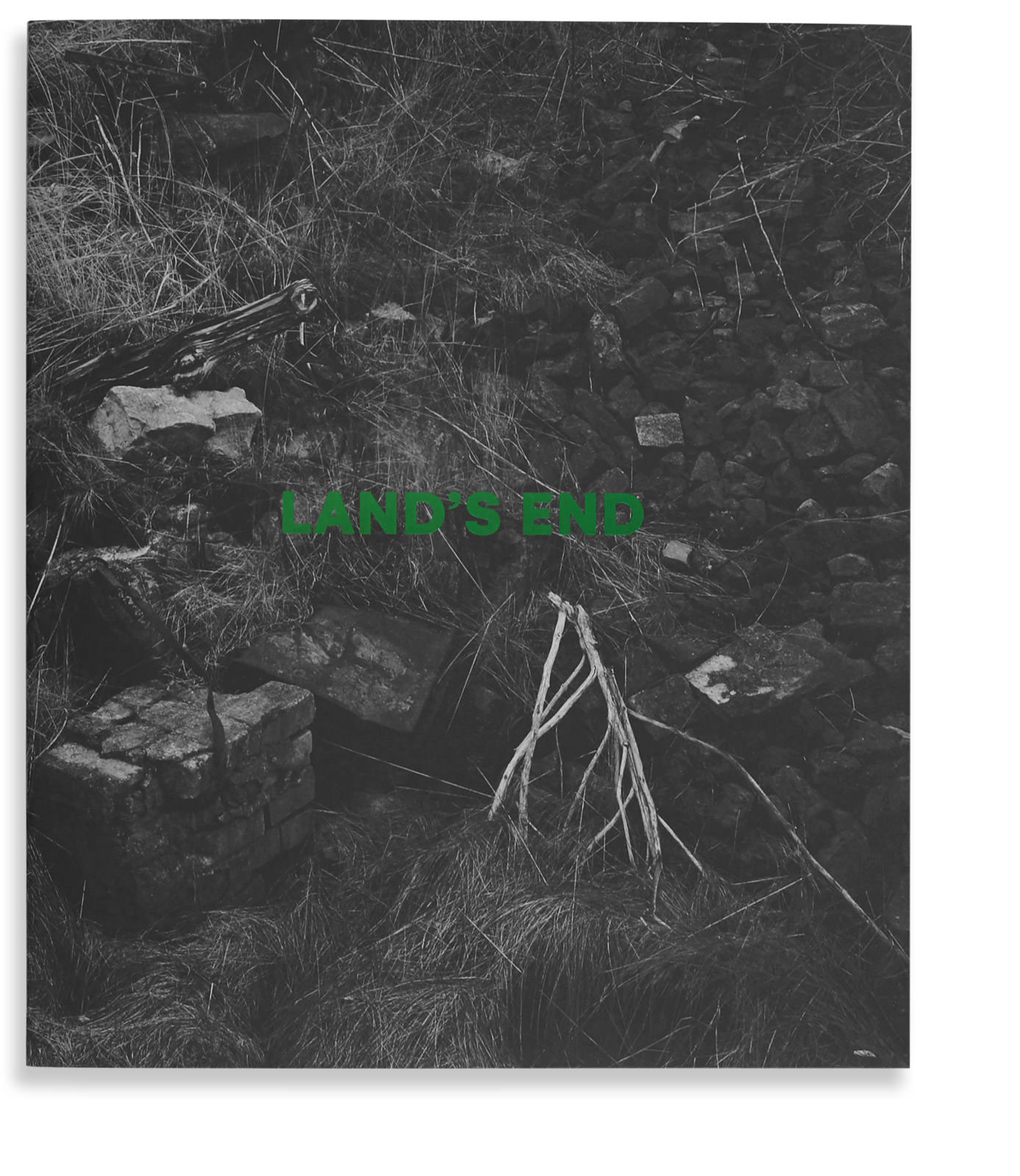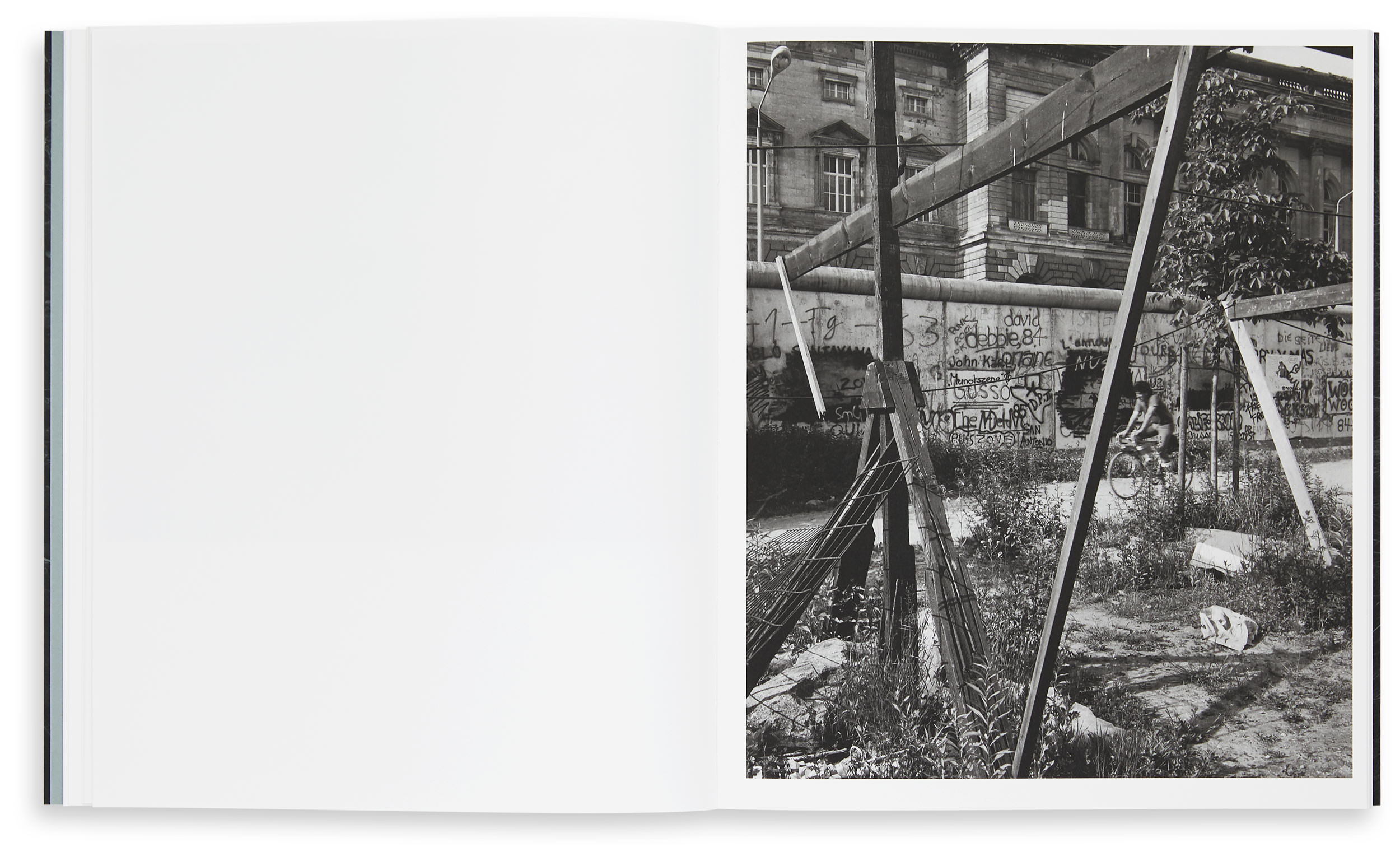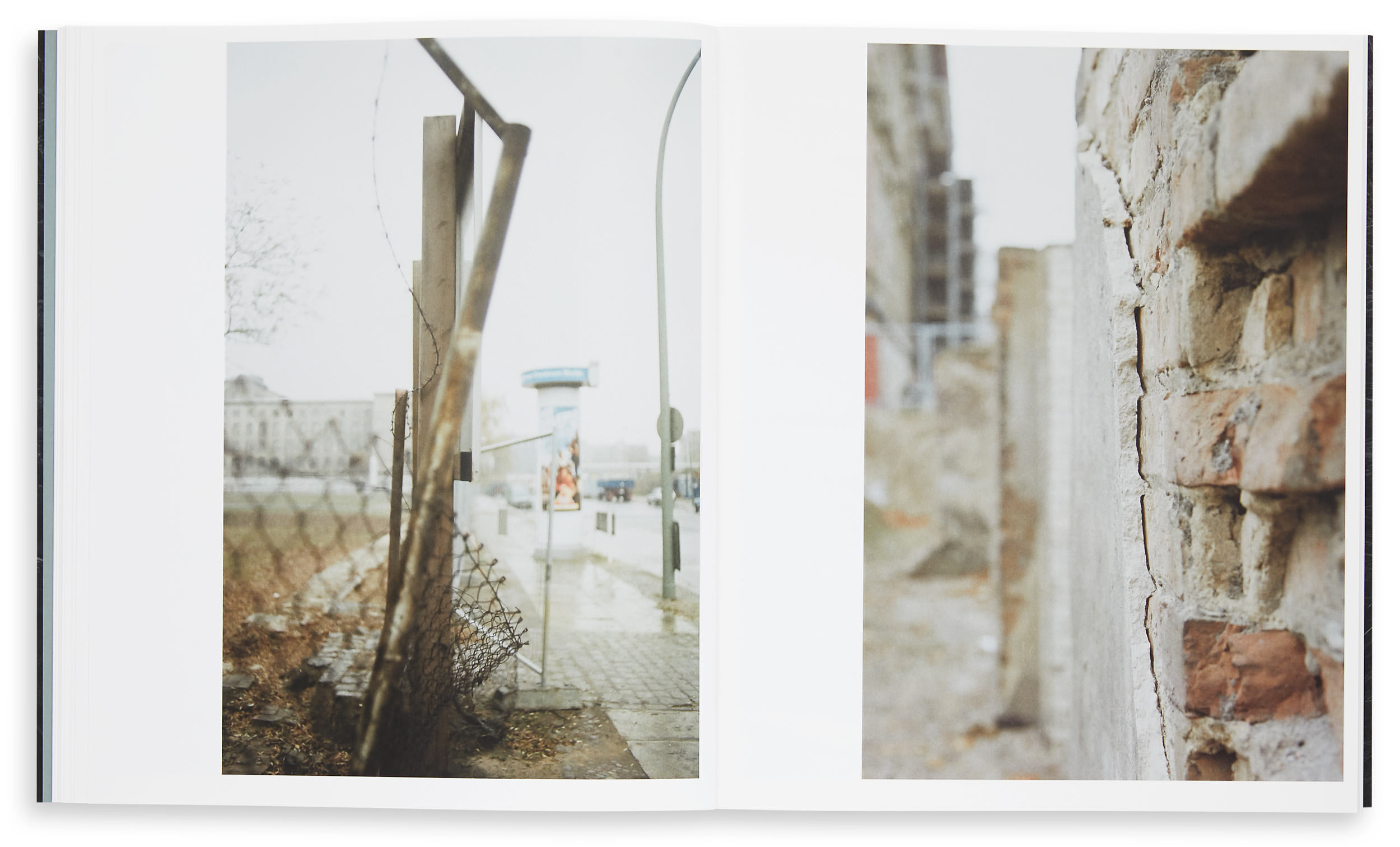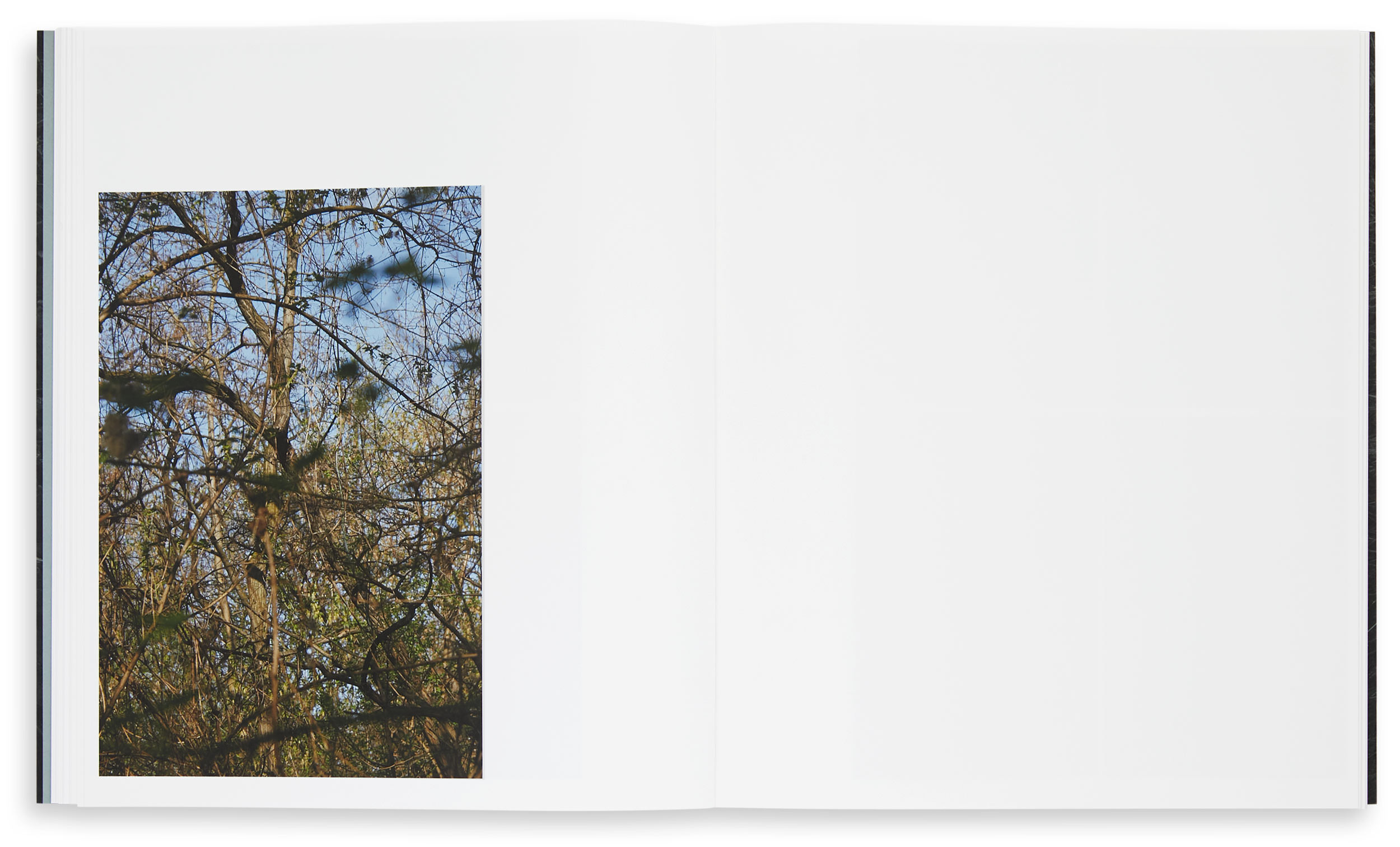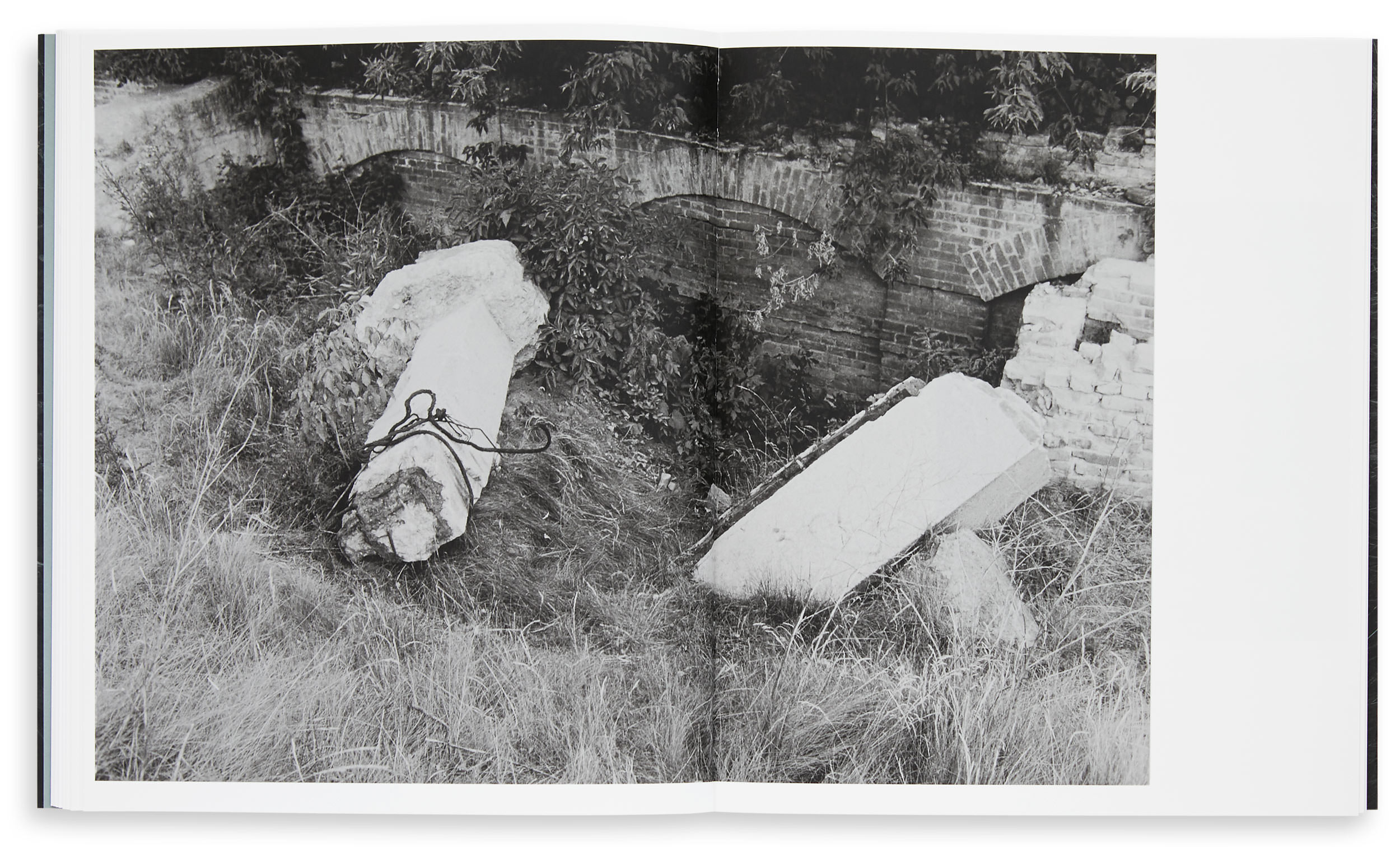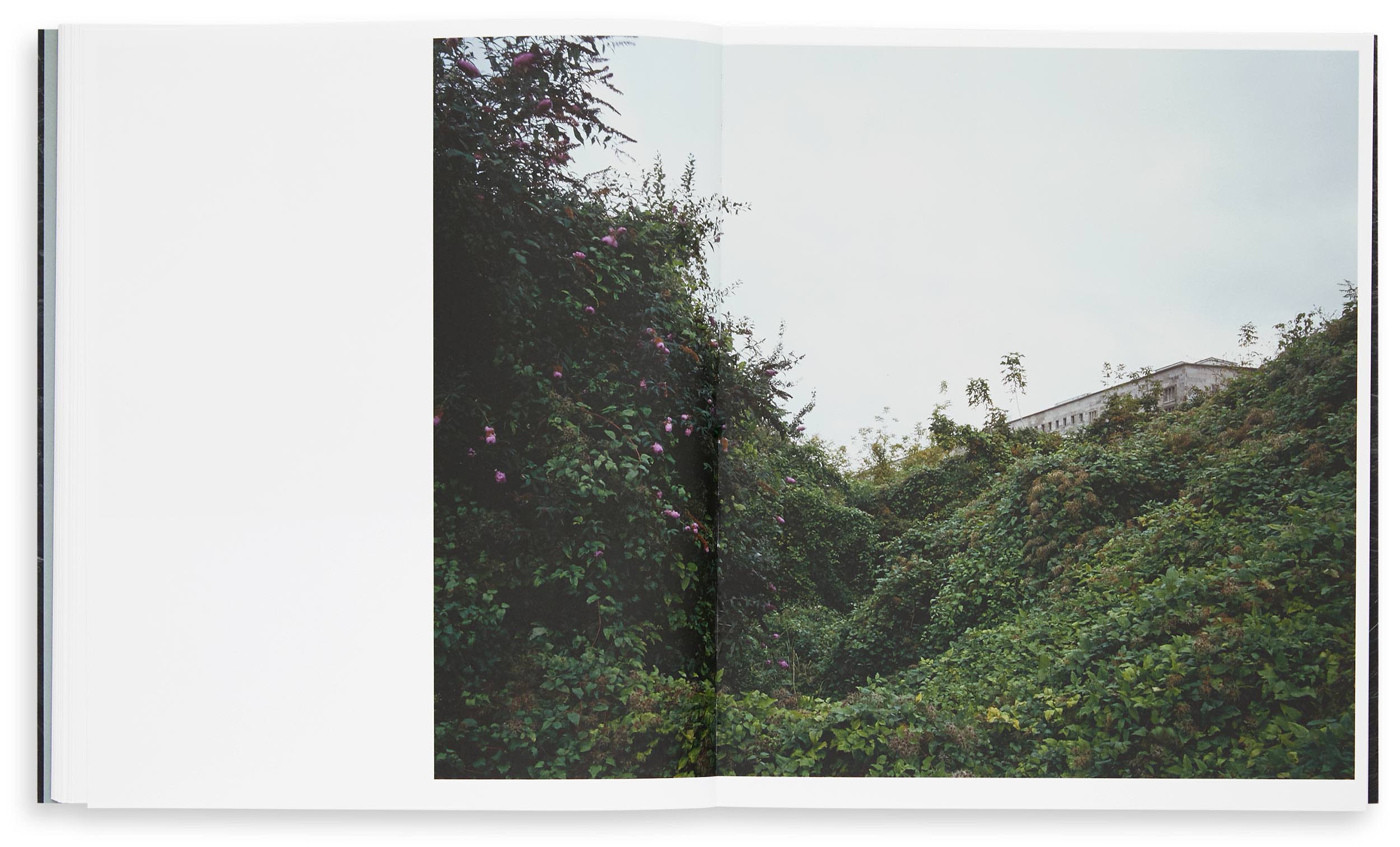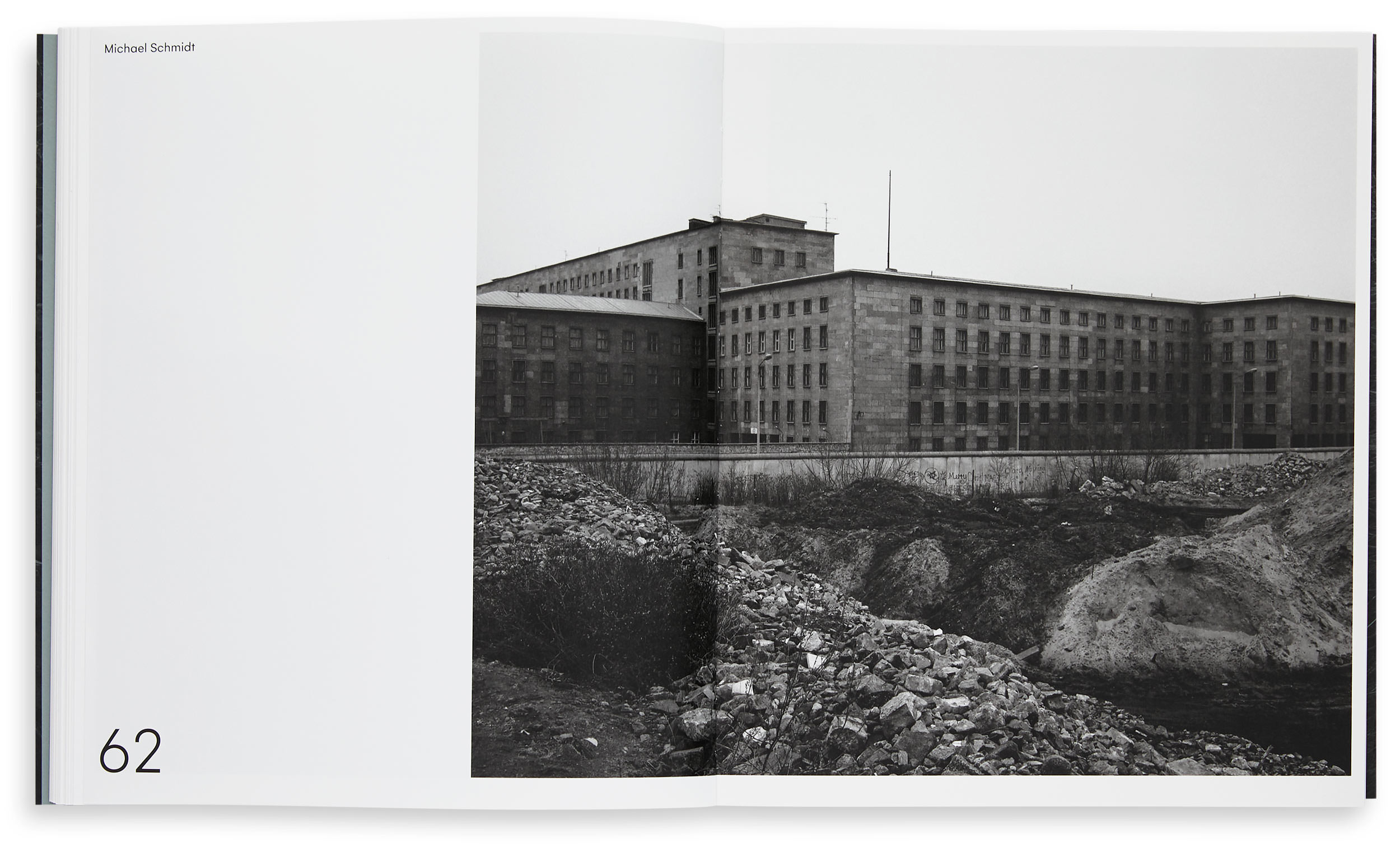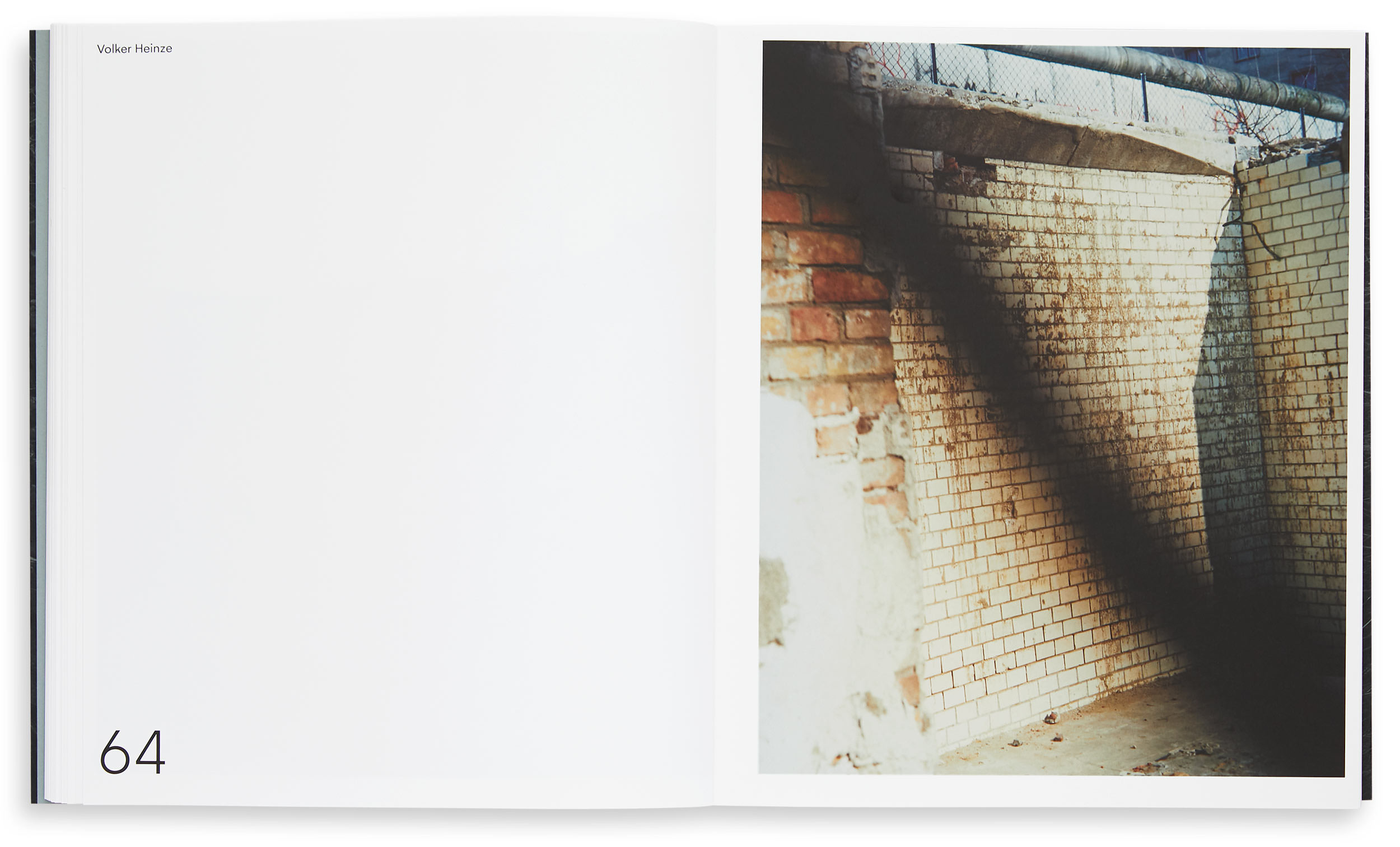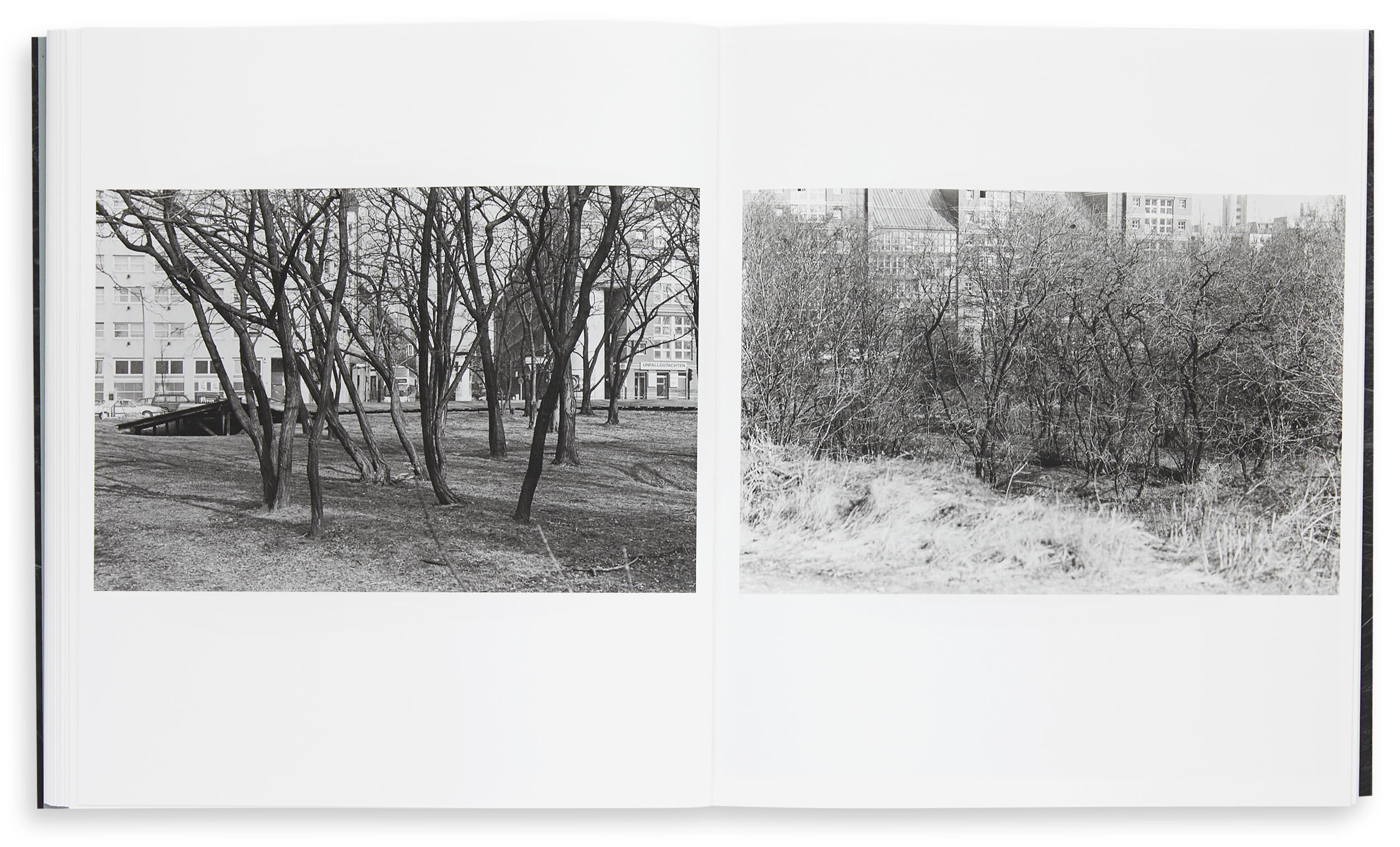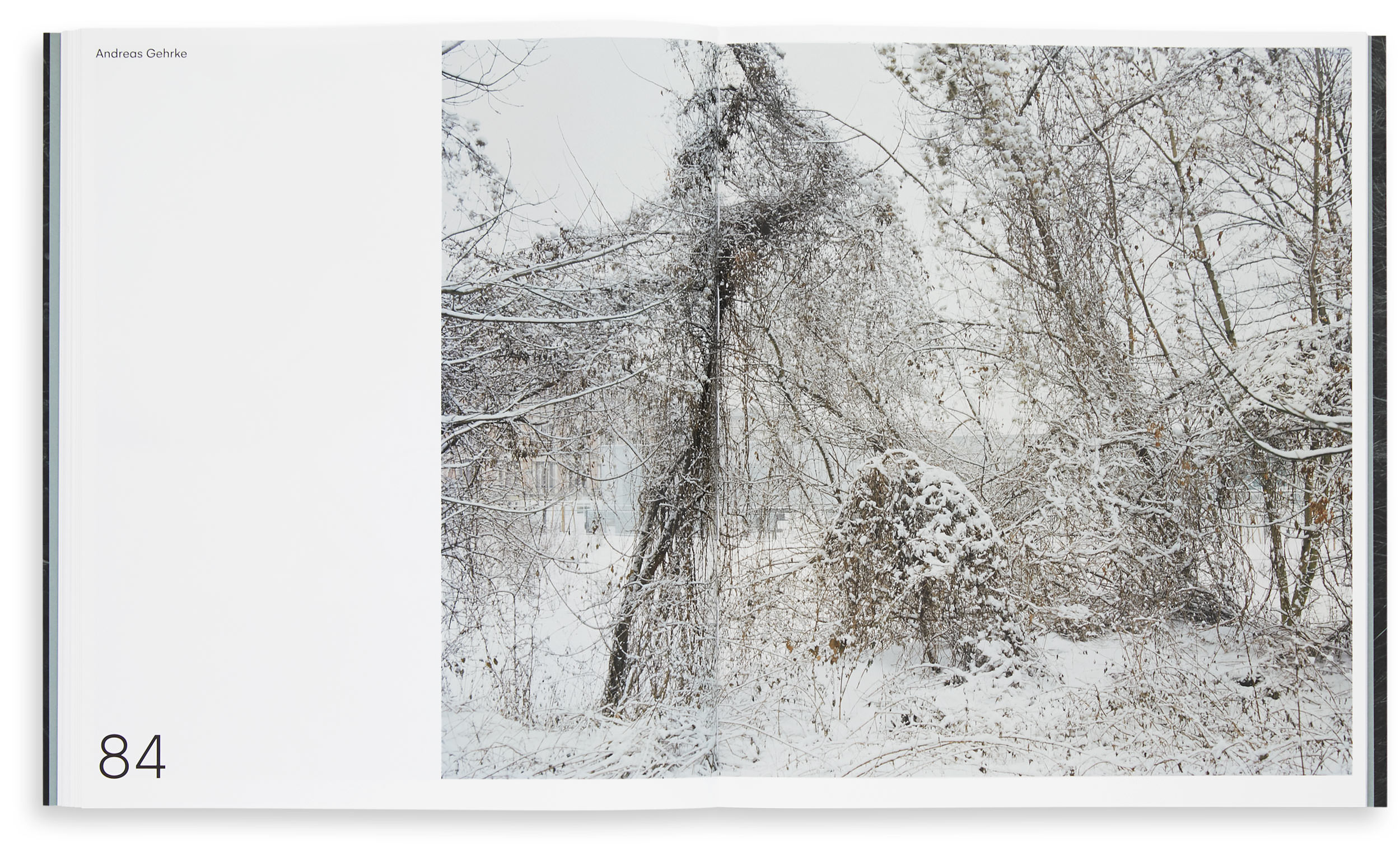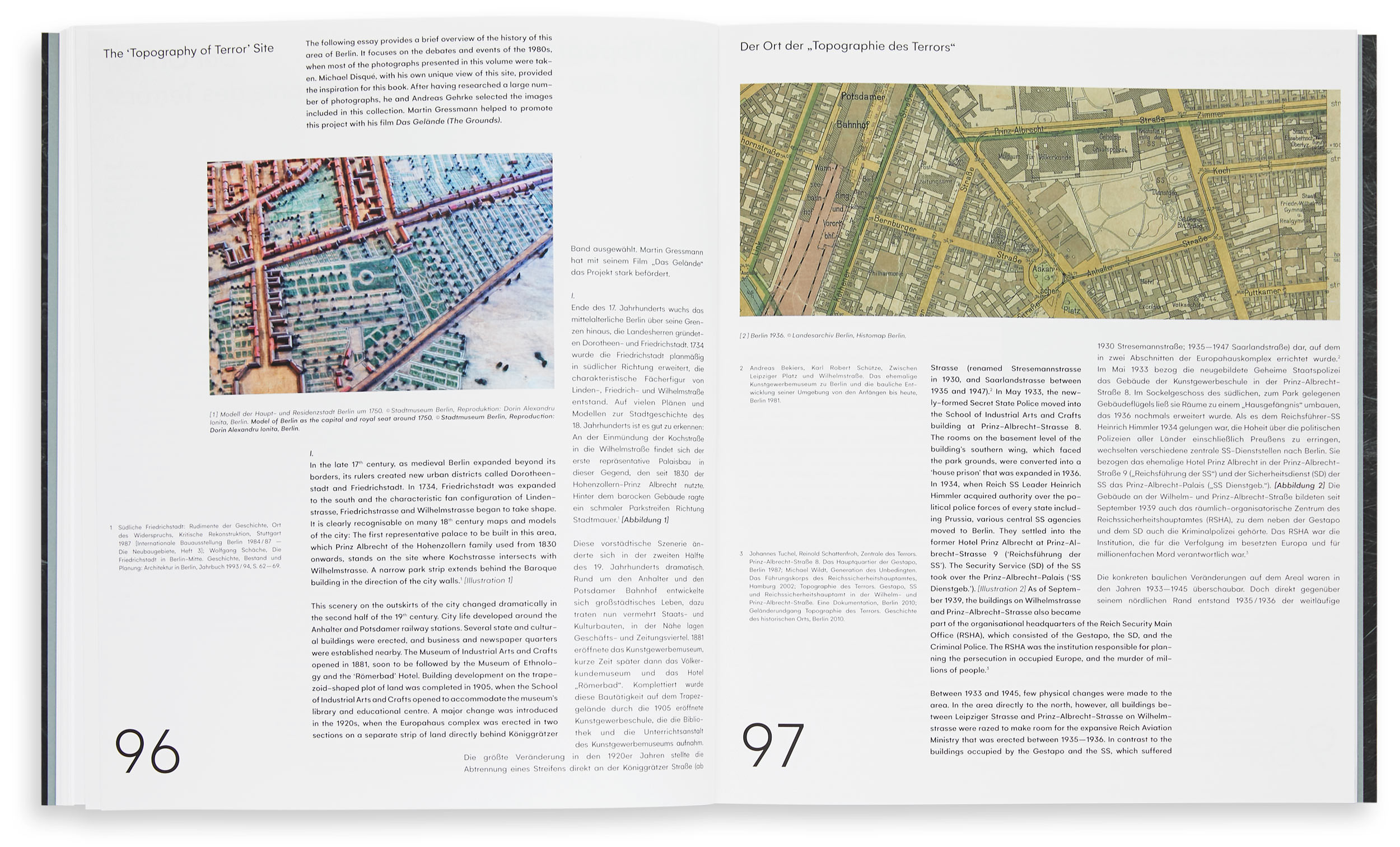Land’s End
The “Topography of Terror” Site as Reflected in Contemporary Photography
112 pages / 60 images
23 × 28 cm
Edition of 500
(German / English)
Text: Dr. Philipp Reinfeld, Ulrich Tempel
Design: Sven Lindhorst-Emme
ISBN 978-3-9818866-1-0
Softcover € 35
Featuring photographs by Joachim Brohm, Michael Disqué, Klaus Frahm, Andreas Gehrke, John Gossage, Volker Heinze, Kai-Olaf Hesse, Lockemann/Neudörfl, Margret Nissen and Michael Schmidt
The “Topography of Terror” is a one of the most significant memorial sites of recent times. How is the past inscribed in the landscape? How do we regard a place that once housed the central instruments of terror of the Nazi regime? How has this no-man’s-land, once at the frontier of East and West, changed over time?
Land’s End features ten artists who photographed what is now the Topography of Terror site between 1981 und 2014, including John Gossage, Michael Schmidt and Joachim Brohm. The connection between photography and memory is obvious: photographs, like our memories, are drawn from reality, yet they convey a pictorial materiality all of their own. In their role as editors, Andreas Gehrke and Michael Disqué adopt an artistic approach to address the site, a place that was initially rendered unrecognizable by demolition and repurposing, rediscovered in the 1980s and embedded in the historical memory by the Topography of Terror Foundation.
The photographic surveys, depictions and descriptions in Land’s End reveal changes in the landscape and the medium of photography alike. Viewed as a whole, the images do not create a panoptic overview of the area, but rather an approximation of the site within our collective memory. Thus, Volker Heinze’s quest for new forms of representation appears alongside Michael Disqué’s exploration of the photographically tangible, and Margret Nissen’s documentary commissions are set against Lockemann/Neudörfl’s highly conceptual compositions. Photographs by Klaus Frahm und Kai-Olaf Hesse show the area in a state between stagnation and architectural revival, while Andreas Gehrke consistently finds new systems and configurations in the Robinia grove that established itself on the site, bestowing it with its own spatial, aesthetic quality, above and beyond its historical significance. The collected images are given context by an in-depth essay by Dr. Philipp Reinfeld and a historical study by Ulrich Tempel.
Design: Sven Lindhorst-Emme


